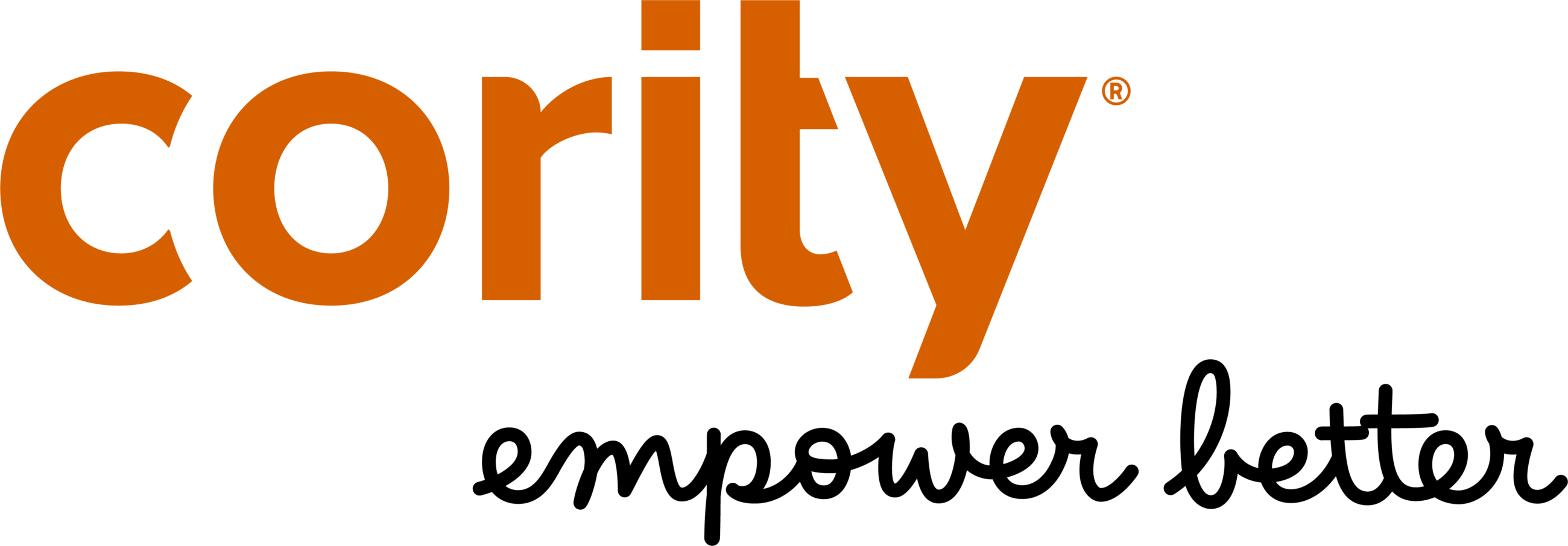
CSRD 101 – A Practical Guide for First-Year Compliance
The Corporate Sustainability Reporting Directive (CSRD) is raising the bar for sustainability reporting, with over 1,200 disclosure requirements and mandatory external assurance. CSRD 101 –

Private Market Investing
Designed for private market investors, Cority's market-leading solutions empower responsible investment decisions at every step of the ESG journey.




The Corporate Sustainability Reporting Directive (CSRD) is raising the bar for sustainability reporting, with over 1,200 disclosure requirements and mandatory external assurance. CSRD 101 –

This eBook provides the best practices to help you create a compelling business case for EHS software investment at your company.

This ebook, reviews how to embrace a broader, more design-oriented approach to safety management. One that enhances overall efficacy of a safety program and boosts

This guide is designed to outline when and how to use Proof of Concepts effectively in your software evaluation process.

Organizations interested in strengthening their safety culture are constantly encouraged to “improve the effectiveness of their safety communications” to drive higher levels of employee engagement

In its recent survey, Verdantix noted – for the first time – that preventing SIF’s with technology topped the list of key priorities for corporations.

This guide covers the top ‘Do’s and Don’ts’ for selecting ESG & Sustainability software and a checklist of what to consider when making the decision.

We help you understand sustainable procurement, how your organization is performing and how sustainability integrates into procurement.

This guide aims to help sustainability and ESG professionals accurately report GHG emissions from data centers and cloud services.

Environmental, health, and safety (EHS) professionals are the protectors of their organizations. When they do their jobs well, they reduce risks to employees and to

This guide discusses four best practices shared across successful ergonomics programs – programs that have achieved an average 45 percent reduction in risk as measured by our software – and how technology supports each component.

This guide provides information on some of the primary sustainability reporting frameworks to help reporting organisations to make comparisons and decide on which is most

It’s been decided. Your company has committed to automating its EHS workflows. The next decision you’ll usually face is whether you should invest internal resources

Employees are demanding healthier workplaces and working arrangements, businesses are recognizing the link between healthy employees, overall productivity, and long-term profits, and occupational health professionals

Many private markets investors are just beginning their search for an ESG software for private finance tool. But private markets investors have unique challenges: They

Scope 3 emissions, also known as value chain emissions, are indirect Greenhouse Gas (GHG) emissions both upstream and downstream of an organisation’s main operations. This usually means all of the emissions a company is responsible for outside of its own operations—from the goods it purchases to the disposal of the products it sells.

This guide will provide guidance to companies looking for ways to achieve net-zero and improve their sustainability program.

This guide outlines the key criteria you should consider when preparing your workplace to combat the upcoming flu season.

A guide to what organizations can do now to drive better EHS performance through a more engaged workforce.

This guide aims to act as an advisory tool for Private Equity (PE) firms that are looking at measuring and reporting Environmental, Social, and Governance

This eBook is intended to help provide some guidance as companies look for ways to achieve net-zero and improve their sustainability program.

Welche Relevanz das Impact Management in Unternehmen hat, welche Prozesse es bedarf und welche Tools unterstützen.

Learn how companies are driving sustainable innovation and what to look for when investing in sustainability technology. Read now.

Learning from failure is essential for continuous improvement. It helps us understand the reasons why things go awry, and informs what approaches we can and should take to avoid similar adverse outcomes in the future. Nowhere is this more important than in the world of EHS.
